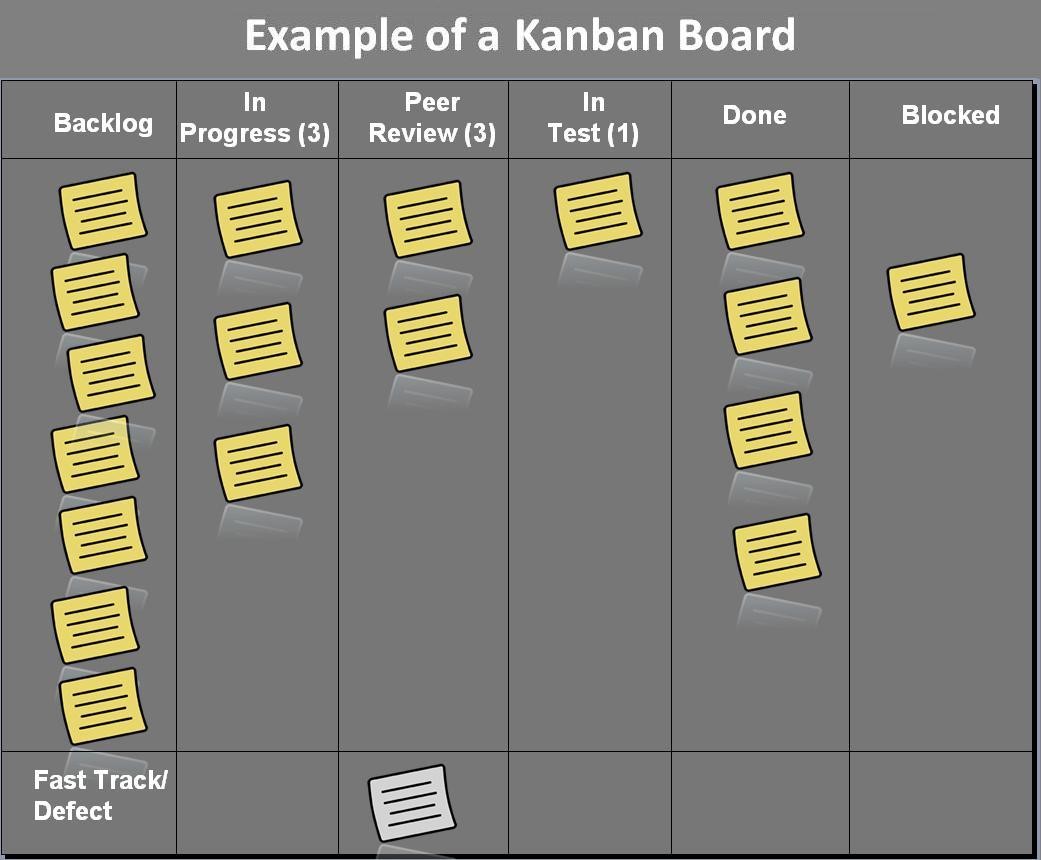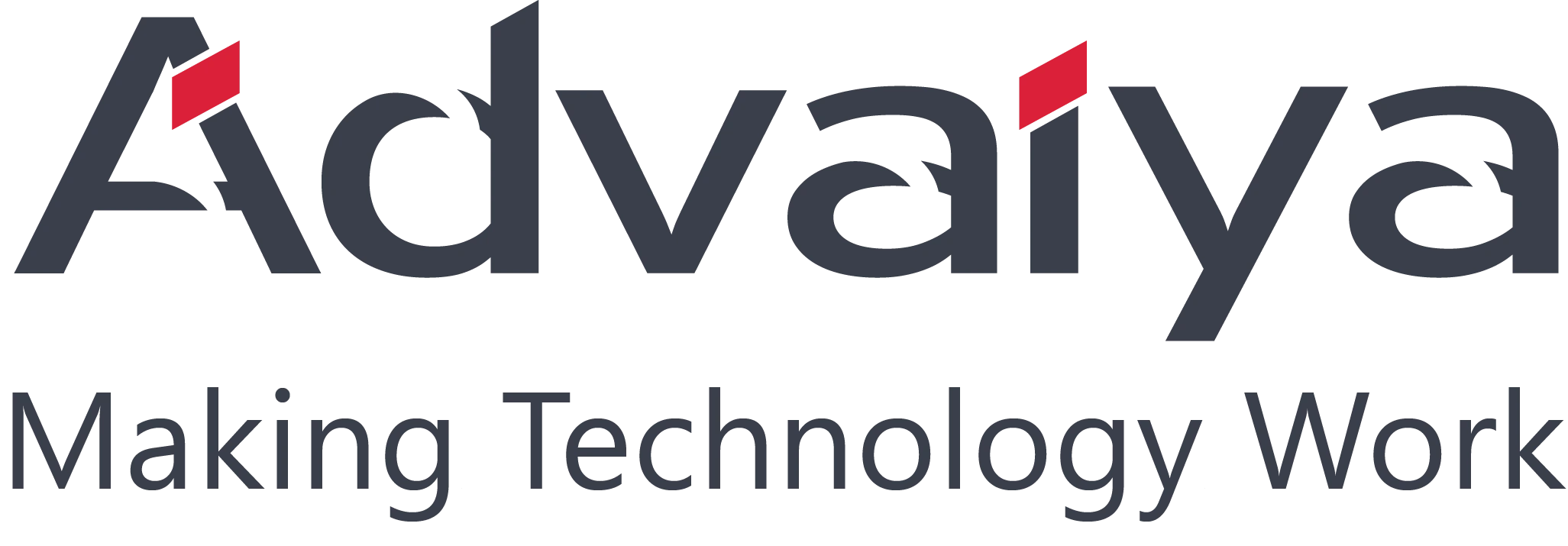Agile Project Management:
In traditional waterfall project management where the end product is visible to the client at the end of the project and adapting to change at that stage of the project is difficult to incorporate. while Agile project management is based on an incremental & iterative approach so after each iteration some features are delivered to the client and to changing requirements by the client can be addressed in the current or coming iterations. In Agile Project management during initial iteration, the prototypes can be done so the client finalizes requirements.
In this blog, I am going to discuss on below two Popular Agile Project Management methodologies: –
1. Scrum
2. Kanban
SCRUM: Scrum is a project management framework for structuring your project. The project begins with a vision provided by the customer with product features in order of priority. These features become part of the product backlog, which is maintained by the customer or customer’s representative referred to as the Product Owner. A time frame commonly known as an iteration or sprint is created & each iteration or sprint generally from one to four weeks. All product features are divide into these sprints. After all the sprints the final product is delivered to the client.
During the sprint all team members meet around 15 to 20 minutes meeting known as a Scrum. During the scrum meeting each member tell the status of current work item which he is working, and the issues faced by him.

Fig 01: – Scrum Cycle
Roles and Responsibilities: There are three major roles in Scrum Planning: the ScrumMaster, the Product Owner, and the Team.
· The ScrumMaster is the keeper of the process, the advocate for the team, and the protector of the team. The Scrum master facilitate team communication, mediate discussions within the team and Product owner.
· The Product Owner represents the voice of the customer and has the authority to make decisions about the product development. This Product Owner create the product backlog list & priorities it. Product Owner responsible for communicating the vision to the team. The Product Owner works with the team to answer questions and provide product guidance.
· The Team consists of seven plus or minus two people who are responsible for the delivery of the product. The team members report their daily progress in the scrum. Team members select the feature from the black log and work on them.
Sprint Planning Meeting: The sprint-planning meeting is held on the first day of every sprint. The ScrumMaster, Product Owner, and Team member attend the meeting. The Product Owner presents the set of features to be completed in the sprint and team members determines the tasks and time needed to develop these features. Using these time estimates it is determined whether the team can accomplish these in this spirit else lower priority features go back into the product backlog or to the next sprint.
Sprint Review: At the end of the sprint, the team invites stakeholders to a sprint review meeting where the features that were completed in the sprint are demoed and feedback is requested. The stakeholders feedback is noted by Product Owner and incorporates into product backlog.
After the Sprint review, the team conducts a retrospective meeting to determine what they did well and what challenges they during the execution of the tasks. In the next sprint what action they can take for better execution of the project.
Release Planning: Release Planning is also part of Scrum and is a way to do long-term planning for a time box that after of multiple sprints. This can be done on quarterly basis. Release planning can be feature-driven or time-driven. The release can be internal to confirm system integration and validation
Kanban – Incremental Improvements
In contrast to Scrum, which have time phase iteration and Spirits, Kanban advocates continuous work on tasks. When new tasks come up, the team evaluates the scope and creates acceptance criteria. Then each task goes to a back-log list. Theses task are taken by the team members on the priority.

Kanban is Japanese word which means “visual signal” or “card”. Kanban is big board (as shown above picture) with story cards. These story cards are task with details. Kanban board have states/Phases as columns, which every work item passes through – from left to right. Team members pull work items from the back-log list and work on it and move it to next stage. The only management criteria introduced by Kanban is the so called “Work In Progress (WIP)” as show as the number on the top of each column. By managing WIP you can optimize flow of work items. Besides visualizing work on a Kanban board and monitoring WIP, nothing else needs to be changed to get started with Kanban. If a state reaches its pre-defined WIP limit, no new work can enter that state. The bottlenecks in the progress are visible – you can simply look at the Kanban Board to see where your process needs improvements. Once the Current work items are less than WIP a new work items comes in to the stage and team members will work on them. This is a pull system rather then pull system.
In Kanban teams can meet ongoing basis and move the work item on the board. In this the team members when once completed this task and task acceptance criteria are meet can move the task to next stage and pull new task for him.
The goal of Kanban is to identify potential bottlenecks in your process and fix them, so work can flow through it cost-effectively at an optimal speed or throughput.
Conclusion
Take a small step toward big value; get started with agile project management to create high-impact development teams with minimal business disruption.
1. Improved ability to manage changing priorities
2. Greater Productivity
3. Increased Visibility
4. Better delivery predictability
5. Increases morale and motivation
MS Project 2016 latest version now offers the 2 new templates (Kanban and Scrum), While planning you may anytime switch to the required view. So what are you waiting for? Start project planning in Project 2016 and be agile 😊
To learn more about the agile features in Project Pro, register for the April 5th How-to webinar





